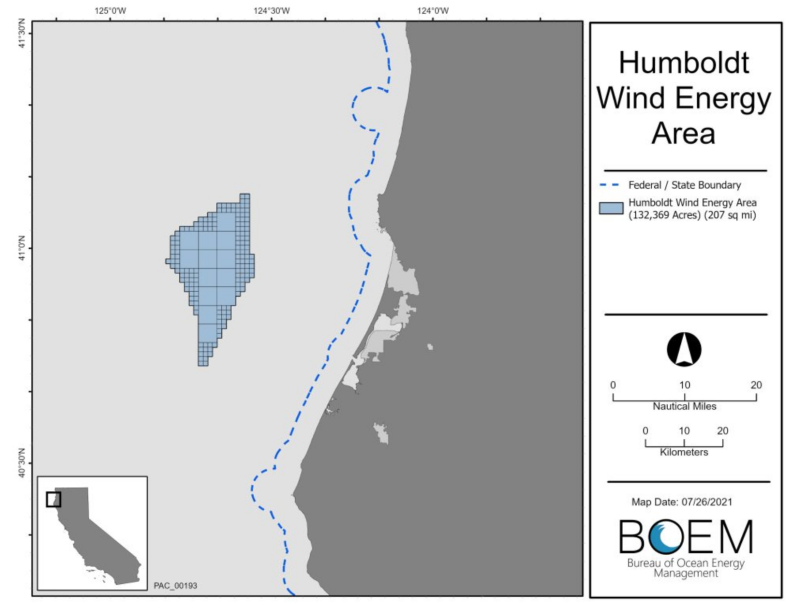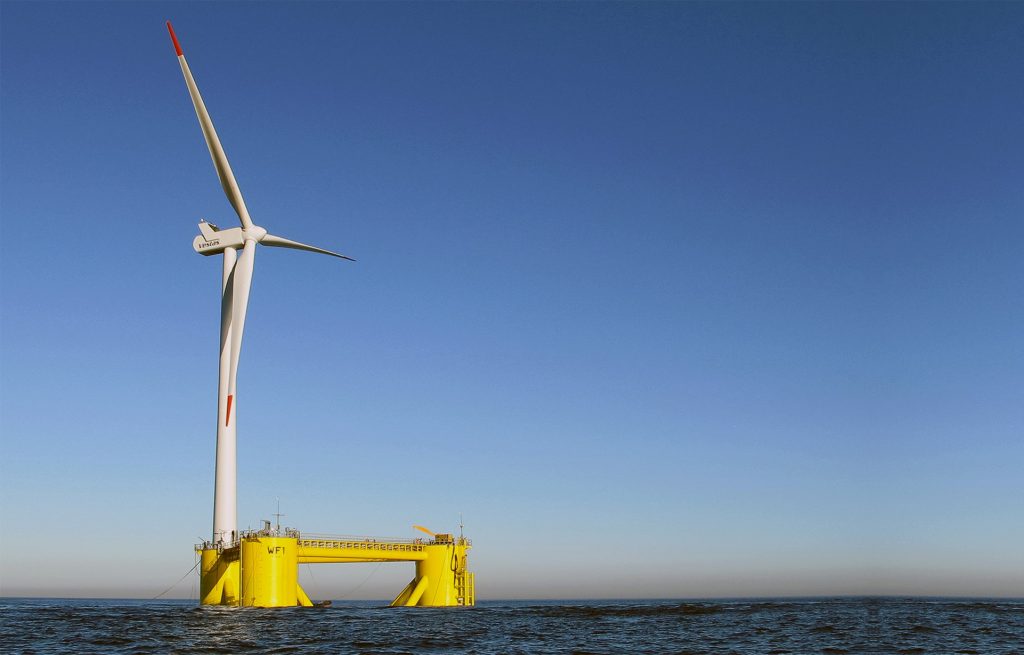A complete study of Pacific Coast port access is critically needed before the Bureau of Offshore Energy Management moves forward on leasing offshore wind energy areas off the California coast, the American Waterways Operators says in a recent comment letter to the Bureau of Ocean Energy Management.
“AWO’s commitment to environmental stewardship includes aiding the development of renewable energy, including wind energy. However, such projects must not become navigational hazards that jeopardize crews’ lives, endanger vessels, or hamper the already strained supply chain on which the nation’s economy depends,” the group’s Pacific region vice president Peter Schrappen wrote in the Feb. 5 letter.
AWO represents the tugboat, towboat and barge industry and has long been influential in federal maritime policy. The letter specifically addresses the BOEM environmental impact scoping process for the proposed 205-square-mile Humboldt wind energy area off northern California, but notes the group has the same concerns unresolved over the Morro Bay wind energy off the state’s central coast.
“The proposed Humboldt wind energy area is situated within an area with significant commercial shipping activity, including coastal tug and barge traffic. Siting offshore wind energy developments in areas that conflict with commercial traffic routes increases the likelihood of marine collisions and casualties,” the AWO letter states.

“West Coast tug and barge operators require adequate distances to operate safely in a variety of traffic densities,” AWO says. “This environmental assessment must consider the environmental and sociocultural impacts of narrowed navigation routes. On the Atlantic Coast, the Coast Guard determined through its Atlantic Coast Port Access Route Study that 9 nautical miles was the necessary width for safe towing vessel navigation fairways.”
The Coast Guard has begun a Pacific Coast Port Access Route Study, or PACPARS, of the West Coast from Washington to California – an expanse that BOEM, wind developers and state governments are eyeing to site future floating wind power turbines anchored in Pacific waters.
The Biden administration and California state officials are pushing hard to move that planning ahead.
Off the East Coast, wind developers are planning turbine arrays on monopile foundations set on the shallow outer continental shelf. In deeper Pacific waters, turbines would be on floating platforms – moored to anchors on the sea floor. One question is how those bigger footprints for turbines would affect sea life, navigation and fishing.
“It is difficult to know how the Humboldt wind energy area will impact navigation safety without knowing the results of the PACPARS. Therefore, AWO asks that BOEM refrain from issuing competitive lease sales until after the completion of the comprehensive, systems-approach PACPARS,” the group says. “This sequence of events will afford BOEM, maritime stakeholders, and wind energy developers the opportunity to make better long-term strategic decisions for the nation’s environment and economy.”
Tug and barge operators see the nascent U.S. offshore wind energy as the next big thing. The letter notes AWO president Jennifer Carpenter has said, “offshore wind is the biggest new opportunity for the domestic maritime industry in decades.”
“While offshore wind promises environmental and economic benefits, human safety is paramount as we plan for developing future energy resources,” the letter adds. “Put another way: We should not jeopardize navigation safety as we develop this exciting new field of renewable energy.”







